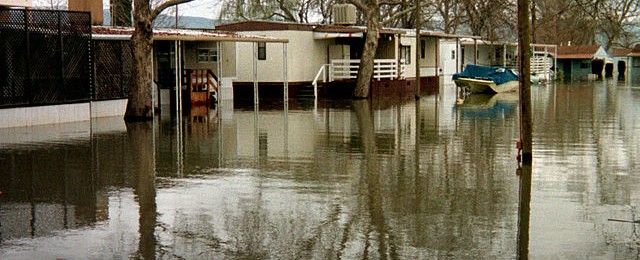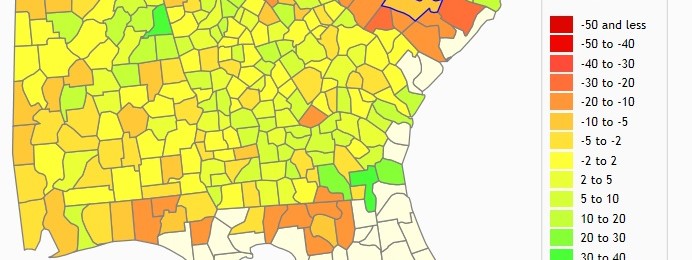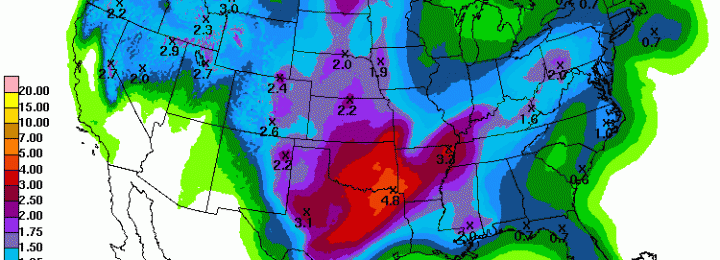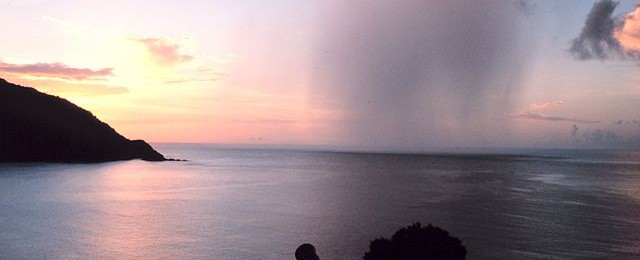-

On May 18, 1980 Mount St. Helens erupted in a cataclysmic event that reshaped parts of the Cascades Mountains to the southwest of Seattle. Since the eruption went mainly sidewise as the north side of the mountain collapsed, the eruption had limited climatological effects globally, although the ash did cause cooling and surface problems in…
Posted in: Interesting weather images -

The Dairy Environmental Systems and Climate Adaptation Workshop will be held on July 29-31, 2015 in Ithaca NY. This workshop is being sponsored in part by the USDA-NIFA Animal Agriculture and Climate Change grant that also helps support this blog. Early registration for the workshop ends on May 25, so if you are in the…
Posted in: Events -

The Los Angeles Times published an article this week discussing the impact of the El Nino on California’s drought. Typically El Nino brings plentiful rain to the area. In the last big El Nino in 1997-98, it brought floods and a lot of destruction as well as 17 deaths. Now that NOAA has predicted that…
-

As we’ve discussed in earlier posts, an El Nino is currently present in the equatorial Pacific Ocean. This means that the surface water temperature there is above normal. One of the consequences of this is that more strong hurricanes form than usual, since the warm water acts as fuel for the storms. This year, the…
Posted in: Climate and Ag in the news -

AgroClimate is a web site developed by scientists associated with the Southeast Climate Consortium. It contains climatological information for stations around the Southeast based on NWS cooperative observers as well as some mesonetworks like Florida’s FAWN. I’ll talk more about mesonetworks next week. One of the most useful things about AgroClimate is its ability to…
-

In the last seven days, rainfall across the Southeast has been pretty spotty except where Tropical Storm Ana traveled. The radar-estimated precipitation is shown below. Most areas received well less than an inch for the week. At my own house I received no rain, although the radar estimated that I got a little. Most likely…
-

If you are a meteorologist, a bright sunny day with low humidity is dull and boring. Photographers know it’s hard to take good photographs in harsh sunlight, so sunshine is not welcome to them either. Rain, snow, fog and severe weather all bring their own special charms. The Digital Photography School posted an article today…
Posted in: Interesting weather images